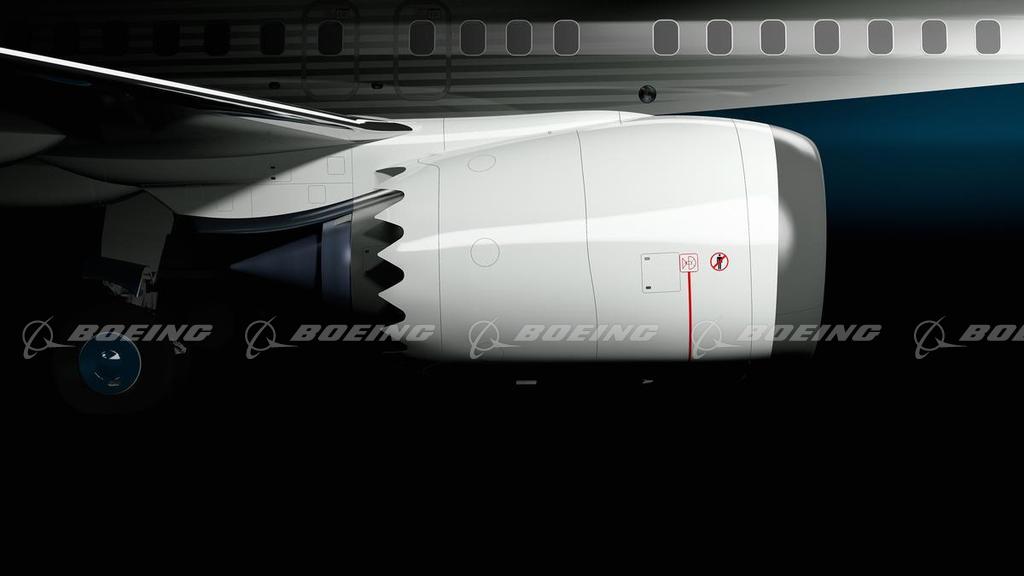this post was submitted on 07 Mar 2024
4 points (100.0% liked)
Technology
59419 readers
5147 users here now
This is a most excellent place for technology news and articles.
Our Rules
- Follow the lemmy.world rules.
- Only tech related content.
- Be excellent to each another!
- Mod approved content bots can post up to 10 articles per day.
- Threads asking for personal tech support may be deleted.
- Politics threads may be removed.
- No memes allowed as posts, OK to post as comments.
- Only approved bots from the list below, to ask if your bot can be added please contact us.
- Check for duplicates before posting, duplicates may be removed
Approved Bots
founded 1 year ago
MODERATORS
you are viewing a single comment's thread
view the rest of the comments
view the rest of the comments
I think a lot of people would actively refuse to fly on a 737 MAX in the future.
The design of the MAX was flawed to begin with. Essentially, the Boeing 737, designed in the 1960s,could not compete with the newer A320Neo on fuel efficiency due to Airbus redesigning the A320 around the much larger, state of the art CFM LEAP engines (Neo stands for "New Engine Option"), Boeing choose to jerryrig the CFM LEAP engines on their existing 737 airframe instead of redesigning another plane around the engine.
Now, since the engine is oversized with respect to the airframe, the newly christened 737 MAX has a tendency to tip upward due to too much lift when flying. Boeing opted to correct this in software by having the plane automatically correct its flight by tipping downward if it senses the plane was tipping up, which they called the MCAS. And of course, since one of the selling point of the 737 MAX Boeing promised was that no additional training was needed for the 737 MAX, the pilots did not know about MCAS, much less have a way to have a manual override for it.
So what if the sensors made a mistake and tipped downward when it's not supposed to, you ask? We found out in 2018.
It is not something that is fixable barring a grounds up redesign. But that's not going to happen.
At this point I'm not flying on any Boeing if I can help it. There's no way to know how recently it was made or refurbished and anything that Boeing touched in the last few years is suspect.
I work in the world of planes, my rule for the 737 family. Is anything in the older NG family is fine. They were designed and built long enough ago for Boeing's current issues to not be a problem. Plus they have seen enough maintenance with the airlines that they would have found any just in case. So that would be any 737-900/800/700/600
As for the Max family nope, I wouldn't fly it. For a number of reasons, but mostly the engines are in the wrong spot and nothing they do can change that. That will be any 737-7/8/9/10 with the 10 still delayed. You may or may not see the word MAX in the name.
The quick and easy way to tell them apart is to look at the engines. The Max ones are larger and have a sawtooth edge on rear cowling
As for other Boeing planes currently flying. Basically everything else is an older legacy model except the 787.
TLDR stay away from the 737 Max everything else is fine.
So if I were looking to fly with this in mind, you have any suggestions on finding flights on Airbus or older Boeing planes? I.E. is there a flight search site where you can specify? Or at least where it shows the plane on the search results page?
So the easiest is to just fly on an airline that doesn't have Max planes. Like easyjet, frontier, wizz, Delta, British Air, and Air France are all airlines I know don't have Max planes. I have heard some travel sites tell you the model of planes for a flight and may even let you sort by model. If nothing else you can look a plane up by its tail number. Often you will find that listed some were in the info about a flight.